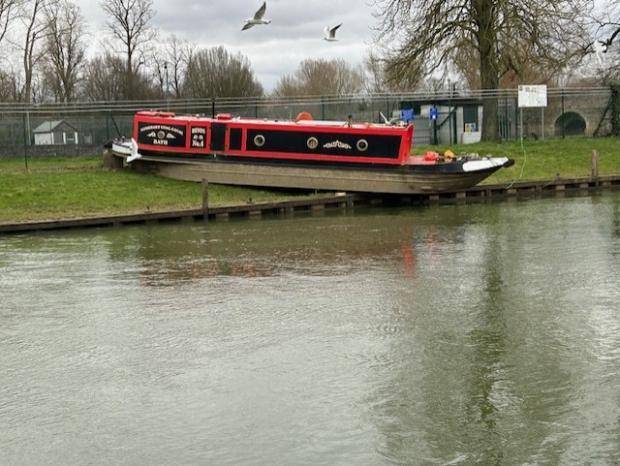The faster you discharge a lead acid battery, the less electricity it will provide, it seems odd, but please just accept it. When I started in a battery shop the rate at which the batteries were discharged was full to flat in 10 hours, while batteries for electric fork lifts etc were often discharged from full to flat in 5 hours, but for many years now our sort of batteries have been test discharged from full to flat over 20 hours. Some "wide boys" quote the figure for the full to flat discharge over 100 hours. So there we have C10, C5, C20 and C100 discharge times.
Now, if the faster the battery is discharged the less electricity it will provide is true, and it more or less is, then a C5 rating for a given battery will give fewer Amp hours than the same battery discharged at C20, while the C100 rating will give more Ah. Hence, the Ebay battery claiming 110Ah @ C100 is actually an 80Ah battery as far as most people are concerned.
The designed cyclic life is different, It basically tells you how many times the battery can be taken for fully charged down to a specified degree of discharge, which will rarely be 100% discharged. Often it will be something like 150 cycles to 45% charged, cheaper batteries often quote fewer cycles and higher maximum discharge, while expensive ones far more cycles to a greater depth of discharge.
At this point it is important to note that arguably the majority of boat batteries die because they have lost capacity to sulphation, not because they have run out of cyclic life, so while avoiding really cheap batteries may be wise, spending a lot is probably unwise unless you have battery monitoring, know how to use it, and keep them as fully charged as possible.
Also note that the advice to rarely discharge below about 50% is an attempt to use up less cyclic life. As a very poor illustration using a mythical battery specified as 200 cycles to 100% discharge, if you only discharge it to 50% you sortof double the number of cycles available to you.
So, to avoid comparing apples with oranges, always seek the Ah at the 20 hour rate (C20).
To maximise life choose, within your budget, a battery with the greatest number of cycles to the greatest depth of discharge, but remember that effort will be to no avail if you don't keep it as fully charged as reasonably possible for as long as possible.
I hope that is clear enough, come back if not.
Not me Mike, seems fine.





